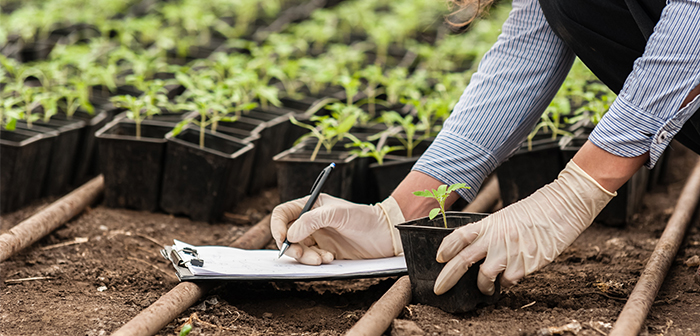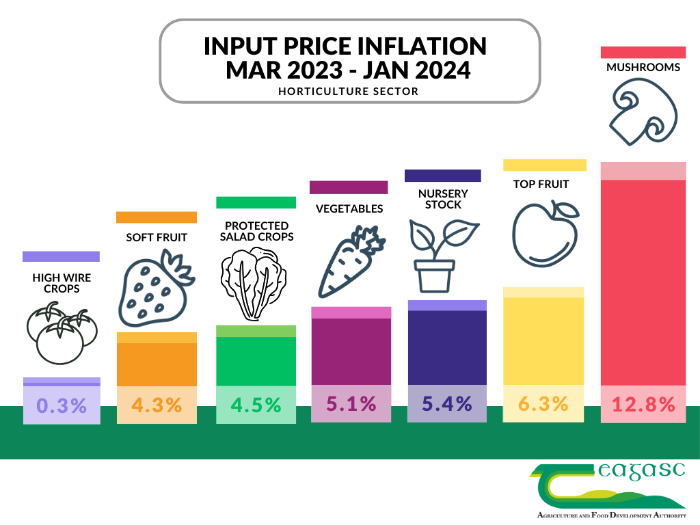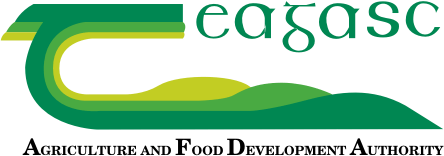21 February 2024
Four years of significant input price inflation in the horticulture sector

Input price inflation in the horticulture sector in Ireland has been significant in recent years and 2024 is no exception, with average input prices rising across the horticultural sector.
The Teagasc Horticulture Development Department has taken a snapshot of input prices in January 2024 compared to 2023 in its Horticulture Crop Input Prices 2024 report. All sub-sectors of horticulture show input price inflation across many inputs, with some exceptions like energy.
However, in 2024, labour cost is the key driver of inflation and outweighs reductions in other input categories including energy. Labour represents on average 42% of total input costs for most sectors. As an input, it has increased by between 12.5% and 24.3%, depending on sector.
Valued at €521 million (farm-gate value), horticulture is the fourth largest sector in Ireland after dairy, beef and pigs in terms of gross agricultural commodity output value. The horticulture sector is diverse and covers plant and food horticulture. Horticulture food includes mushrooms, potatoes, field vegetables, soft fruit, protected crops and outdoor fruit. Amenity horticulture includes nursery stock, protected crops, cut foliage, and outdoor flowers and bulbs.
Since the first report of this type in 2021, combined horticultural inputs have risen by on average 40%. Geo-political and climate change issues have affected international arrangements for sourcing fruit and vegetables. A market response will be required to ensure the economic and environmental sustainability of Irish horticultural production into the future. Margin over costs for primary producers will need to improve to incentivise investment and allow generational renewal of businesses.

The operating environment for Irish horticulture producers is constantly evolving. While Brexit, Covid-19 and the Russian invasion of the Ukraine characterised the commentary on input prices during 2021 to 2023, this year the commentary emphasises the subject of climate change, specifically the increased frequency and spatial pattern of extreme weather leading to difficult growing conditions right through from plant establishment to harvesting.
Technologies exist to support the evolution of Irish production systems, which permit more horticulture crop production closer to consumption, while reducing labour requirements, food waste and packaging associated with long supply chains. Horticulture fresh produce has a comparatively low environmental footprint compared to other foods and has significant health benefits for consumers.
Dermot Callaghan, Head of Teagasc Horticulture Development Department said: “Margin over costs for Irish horticultural producers will need to improve to incentivise investment and allow for generational renewal of businesses. A market response will be required to underpin the economic and environmental sustainability of Irish horticultural production into the future.”
Further details on the Horticulture Crop Input Prices 2024 report
